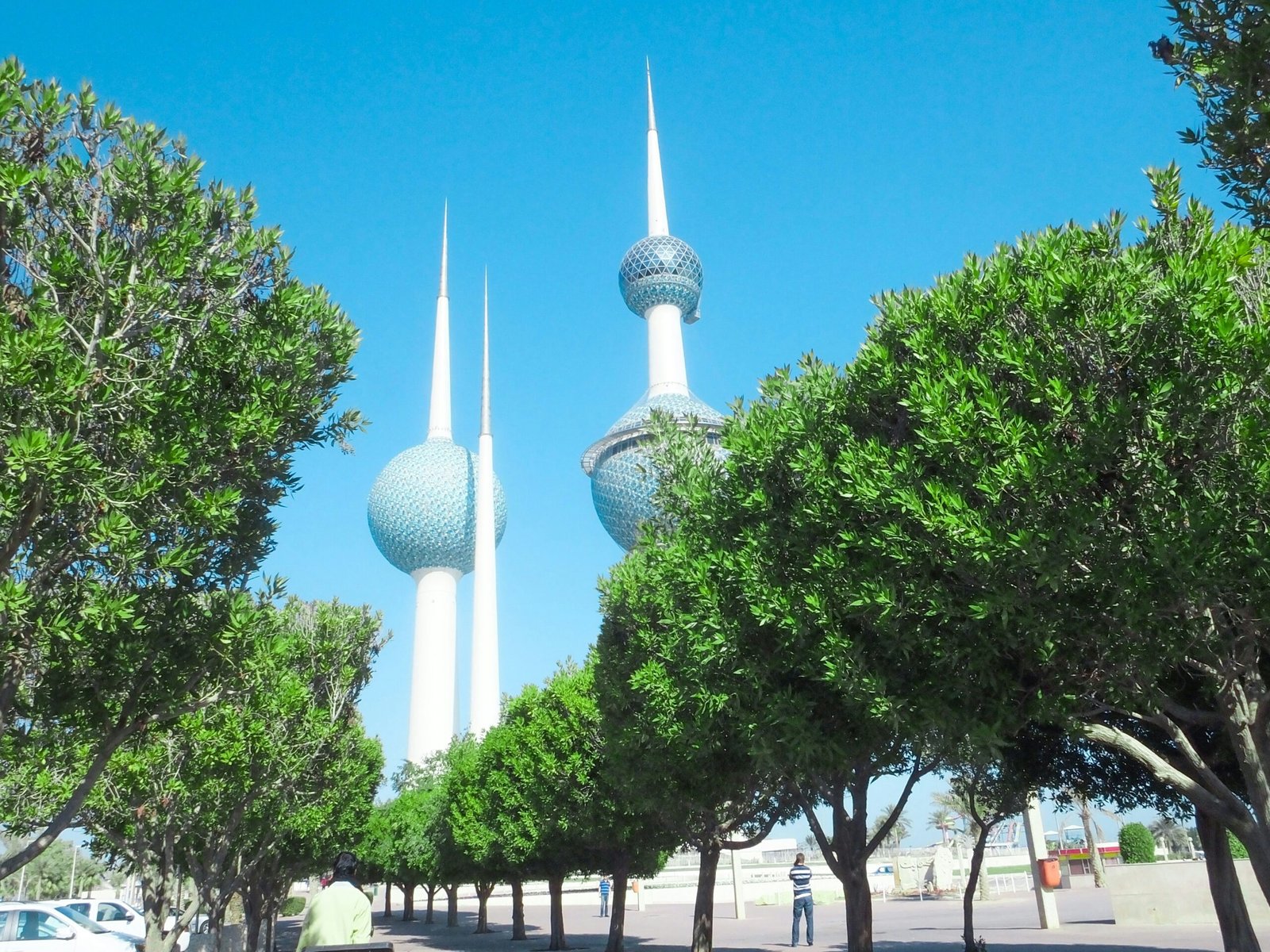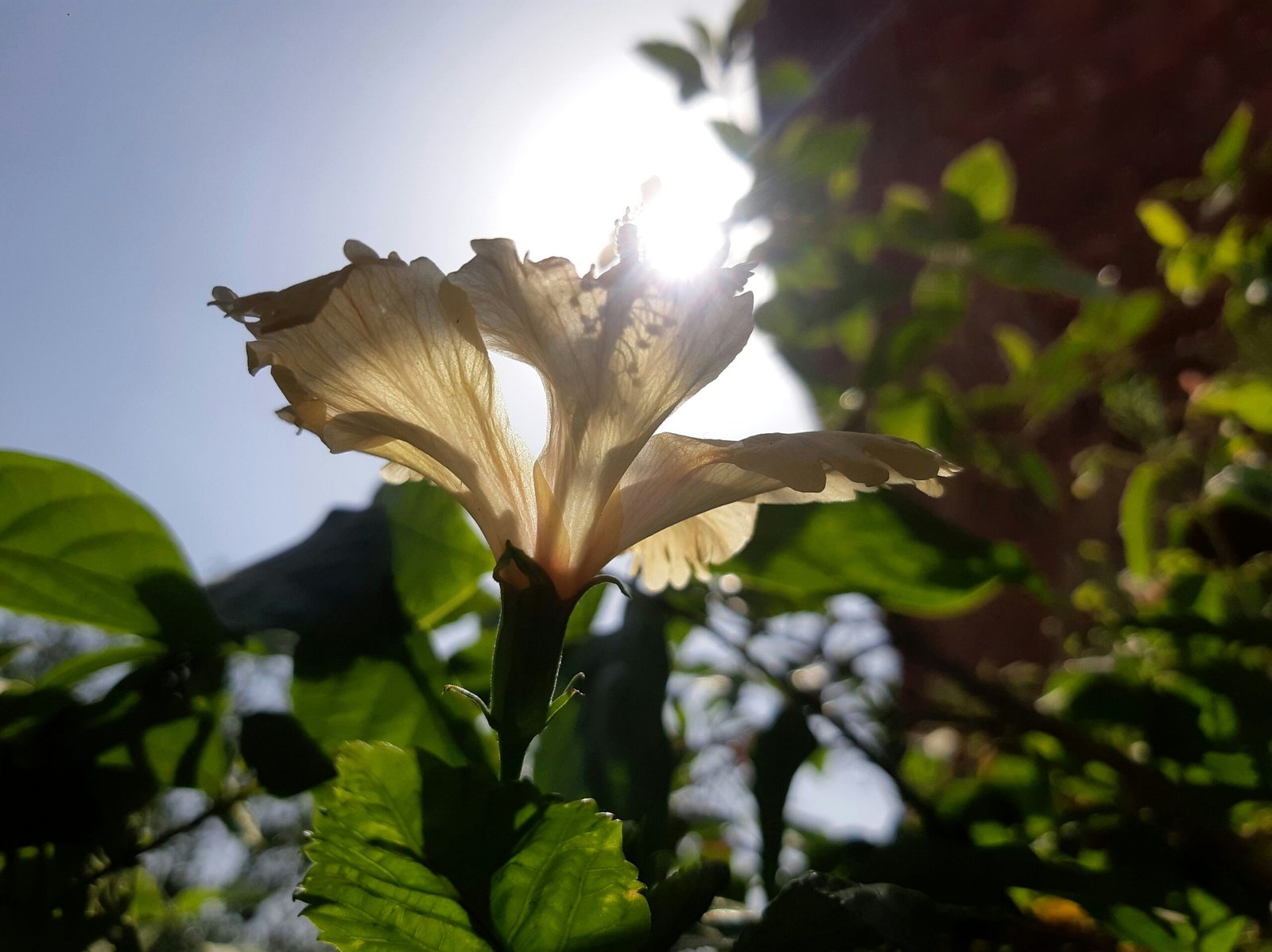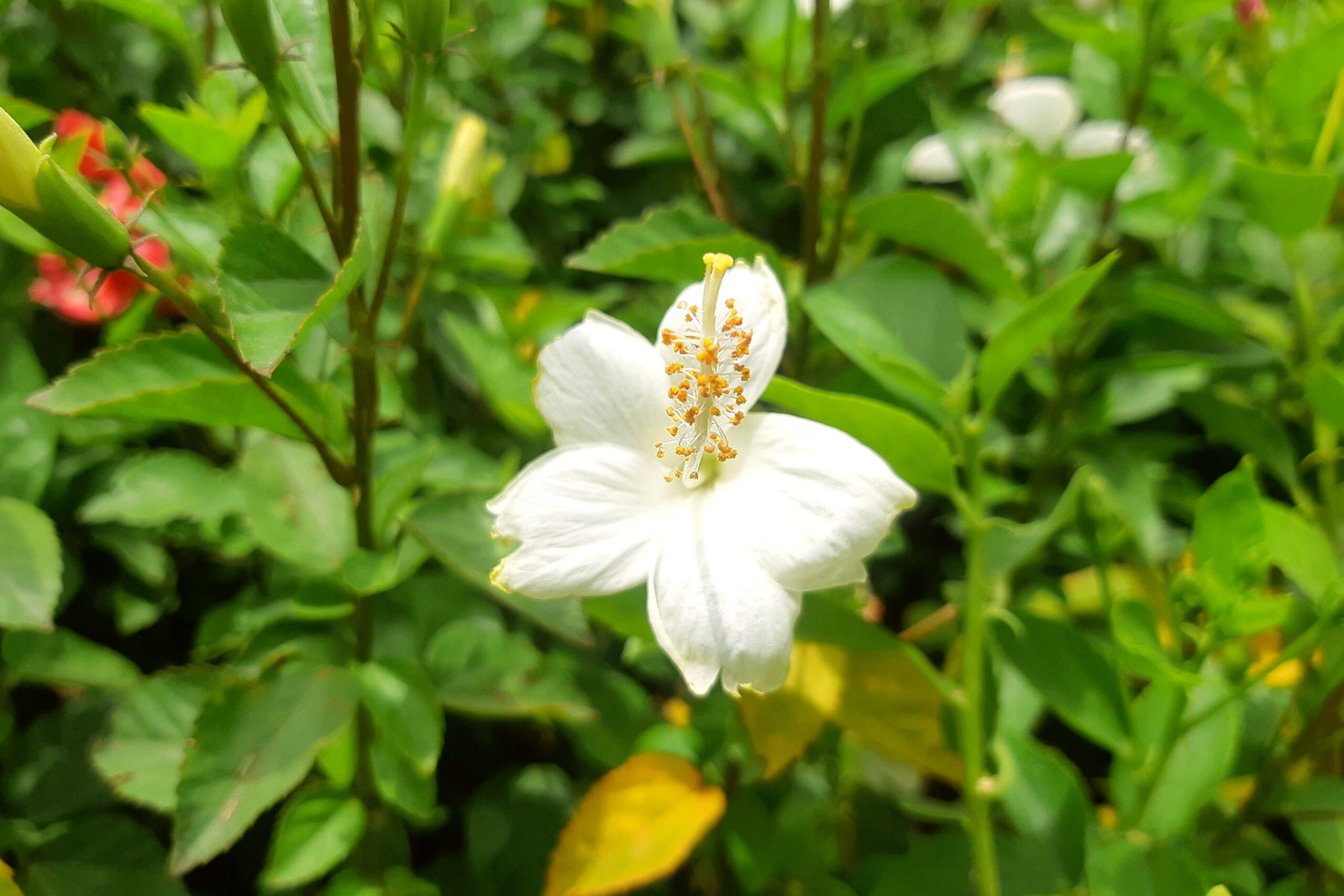Introduction to Perennials and Annuals
Understanding the distinctions between perennials and annuals is essential for effective garden planning. Perennials are plants that live for more than two years, often blooming each season after their initial planting. These plants typically have a dormant period during colder months, allowing them to conserve energy and return with vigor in their blooming season. Examples of perennials include peonies, hostas, and daylilies, which can offer long-term beauty and structure to your garden.
In contrast, annuals complete their entire life cycle within a single growing season, from germination through to flowering and setting seed, before dying. Common examples of annuals are marigolds, petunias, and zinnias. While they require replanting every year, annuals are prized for their ability to provide continuous and vibrant color throughout their growing season.
The primary differences between perennials and annuals revolve around their lifespan, blooming periods, and care requirements. Perennials, with their longer life span, often require less frequent replanting but may need specific care to ensure they thrive year after year. Annuals, while short-lived, can offer gardeners the flexibility to change the garden’s appearance annually, experimenting with different colors and layouts.
Recognizing these differences is crucial for garden planning, as it enables gardeners to make informed decisions about plant selection, placement, and maintenance. By understanding whether a plant is a perennial or an annual, gardeners can better predict blooming periods, prepare for seasonal care, and create a balanced and aesthetically pleasing garden layout. This foundational knowledge ensures that your garden remains vibrant and healthy, reflecting your personal style and horticultural goals.
Advantages of Perennials
Choosing perennials for your garden offers numerous benefits that make them a popular choice among gardeners. One of the primary advantages of planting perennials is their longevity. Unlike annuals, which need to be replanted every year, perennials return year after year. This characteristic can significantly reduce the time and effort required for replanting, allowing gardeners to enjoy a more sustainable and low-maintenance garden.
Another significant benefit of perennials is their ability to establish deep root systems. These extensive root networks enhance the soil structure, promoting better aeration and nutrient circulation. Moreover, deep roots help in reducing soil erosion, making perennials an excellent choice for slopes and areas prone to water runoff. By improving soil health, perennials contribute to a more resilient and thriving garden ecosystem.
Perennials also offer diverse advantages depending on the type of plant. For instance, many perennials, such as lavender and sedum, are known for their drought tolerance, making them ideal for gardens in arid or water-restricted regions. Additionally, perennials like coneflowers and milkweed are renowned for attracting pollinators, including bees and butterflies, which play a crucial role in the pollination of other plants and the overall health of the garden.
Popular types of perennials include hostas, known for their lush foliage; daylilies, celebrated for their vibrant blooms; and peonies, prized for their stunning and fragrant flowers. Each of these perennials brings unique benefits and beauty to the garden, enhancing its aesthetic appeal while also providing practical advantages.
Incorporating perennials into your garden not only adds visual interest and variety but also contributes to a more sustainable and low-maintenance gardening experience. Their enduring presence and ability to improve soil health make perennials a valuable addition to any garden.
Advantages of Annuals
Incorporating annuals into your garden offers a myriad of benefits, primarily due to their vibrant and continuous blooms. One of the most significant advantages is the instant color they provide, making them an excellent choice for gardeners looking to create an immediate visual impact. Annuals bloom throughout the growing season, ensuring that your garden remains lively and colorful from spring through fall.
Annuals also afford gardeners the flexibility to change the look of their garden each year. This adaptability is particularly appealing to those who enjoy experimenting with different color schemes and plant combinations. By replanting annuals each season, you can refresh your garden’s appearance, introducing new varieties and designs without a long-term commitment.
Another notable benefit of annuals is their relatively fast growth. Many annuals germinate, grow, and bloom quickly, which is ideal for filling gaps in your garden or complementing perennials that may have a shorter blooming period. This rapid development ensures that any empty spaces in your garden are swiftly adorned with vibrant flora.
Popular annuals such as petunias, marigolds, and zinnias are often chosen for their specific uses and aesthetic appeal. Petunias, with their wide range of colors, are perfect for hanging baskets and window boxes, providing a cascading effect of blossoms. Marigolds, known for their bright orange and yellow flowers, are excellent for border plantings and can also deter pests with their strong scent. Zinnias, available in an array of colors and sizes, are ideal for cutting gardens, adding both beauty and variety to floral arrangements.
Overall, annuals play a crucial role in garden design, offering immediate color, flexibility, and fast growth. By incorporating a selection of these plants, gardeners can enjoy a dynamic and ever-changing landscape that enhances the overall beauty and appeal of their outdoor spaces.
Considerations for Choosing Perennials
When selecting perennials for your garden, it is crucial to consider various factors to ensure their long-term success. One of the primary considerations is the climate and hardiness zone of your region. Each perennial plant has a specific hardiness zone rating, which indicates the climatic conditions it can withstand. By identifying your garden’s hardiness zone, you can choose plants that are more likely to thrive in your local environment.
Soil type is another essential factor when choosing perennials. Different plants have varying soil preferences, such as sandy, loamy, or clay soils, and some may require well-draining or nutrient-rich conditions. Conducting a soil test can help you determine the composition and pH level of your garden soil. Based on the results, you can amend the soil to create optimal growing conditions or select perennials that are well-suited to your existing soil type.
Sunlight exposure is equally important. Perennials have specific light requirements, ranging from full sun to partial shade or full shade. Assessing the amount of sunlight your garden receives during different times of the day will guide you in selecting plants that match these conditions. For instance, perennials like daylilies and coneflowers thrive in full sun, while hostas and ferns prefer shadier spots.
Water needs should also be evaluated. Some perennials are drought-tolerant and can thrive with minimal watering, while others require consistent moisture. Understanding the water requirements of your chosen plants can help you plan an appropriate irrigation strategy. Additionally, grouping plants with similar water needs together can simplify garden maintenance and ensure each plant receives adequate hydration.
To make informed decisions, research is key. Utilize resources such as gardening books, online plant databases, and local gardening centers to gather information about potential perennials. Consider reaching out to local horticultural experts or joining gardening clubs for personalized advice. By carefully evaluating climate, soil, sunlight, and water needs, you can select perennials that will flourish and enhance the beauty of your garden for years to come.
Considerations for Choosing Annuals
When selecting annuals for your garden, several key factors need careful consideration to ensure a thriving and harmonious landscape. Understanding the growing season length is paramount. Different annuals have varying lifespans, typically lasting one growing season, which may range from spring to the first frost. It is crucial to choose annuals that align with your regional climate and the specific length of the growing season to maximize their blooming period.
Equally important are the specific needs of different annuals. Each variety may have unique requirements regarding sunlight, soil type, and moisture levels. Conducting thorough research or consulting gardening guides can help you determine the optimal conditions for your chosen annuals. Soil preparation is a critical step; ensure the soil is well-draining and enriched with organic matter to provide a nutrient-rich foundation. Incorporating compost or well-rotted manure can enhance soil fertility, promoting healthy growth.
Fertilization plays a significant role in the vitality of annuals. A balanced, slow-release fertilizer applied at planting time can support steady growth throughout the season. Depending on the species, additional feedings with a water-soluble fertilizer may be necessary. Monitoring and adjusting the fertilization schedule according to the plant’s performance can lead to robust blooms.
Watering requirements must also be addressed. Annuals generally prefer consistent moisture, but overwatering can lead to root rot and other issues. Implementing a regular watering routine that keeps the soil evenly moist, without becoming waterlogged, is essential. Utilizing mulch can help retain soil moisture and regulate temperature, benefiting the plants during hot spells.
When integrating annuals into your existing garden, consider their compatibility with other plants. Choose annuals that complement the color scheme, height, and texture of your garden’s perennials and other flora. This strategic selection can create a cohesive and visually appealing landscape. Pay attention to bloom times to ensure a continuous display of color and interest throughout the season. By thoughtfully selecting and nurturing annuals, you can enhance the beauty and diversity of your garden.
Combining Perennials and Annuals
Combining perennials and annuals in your garden can create a vibrant and dynamic landscape that offers continuous blooms throughout the growing season. This approach leverages the strengths of both plant types, ensuring that your garden remains visually appealing from early spring to late fall. To achieve this, thoughtful planning and strategic layering are essential.
One effective strategy is layering plants by height and bloom time. Start with taller perennials at the back of your garden beds, which can provide a sturdy backdrop and structure. Mid-height perennials can be placed in the middle, and shorter perennials or ground covers can be positioned at the front. The key is to select perennials that have varying bloom times to ensure a succession of flowers. For example, early-blooming perennials like tulips and daffodils can be followed by mid-season bloomers like daylilies and coneflowers, and finally, late bloomers such as asters and chrysanthemums can prolong the flowering season.
Annuals play a crucial role in filling in gaps and providing continuous color while waiting for perennials to mature. These fast-growing plants can be strategically planted in spaces where perennials have finished their bloom cycle or in areas that need a pop of color. For instance, marigolds, zinnias, and petunias are excellent choices for adding vibrant hues and texture throughout the season.
Designing a garden that combines both perennials and annuals requires a balance of color, texture, and form. Consider using complementary color schemes or creating contrast with bold colors. Mixing different leaf shapes and plant forms can also add visual interest. For example, pairing the spiky foliage of ornamental grasses with the soft, rounded blooms of annuals like impatiens can create a pleasing contrast. Additionally, incorporating varying plant heights can add depth and dimension to your garden layout.
Successful plant combinations often involve a mix of tried-and-true pairings. For example, the classic combination of purple coneflowers (Echinacea) with the bright yellow blooms of black-eyed Susans (Rudbeckia) creates a stunning mid-summer display. Another effective pairing is the use of lavender alongside white alyssum, which not only looks beautiful but also attracts beneficial pollinators.
Maintenance Tips for Perennials
Proper maintenance is crucial to ensure that perennial plants remain healthy and vibrant throughout their lifecycle. One of the fundamental maintenance tasks is pruning, which involves removing dead or diseased parts of the plant to promote new growth. Pruning should be done in early spring before the growing season starts, and again in late summer to maintain the plant’s shape and encourage blooming.
Dividing is another essential practice, particularly for perennials that spread and become crowded over time. This process involves digging up and splitting the root clumps to rejuvenate the plant and prevent overcrowding. Typically, division is best done in early spring or fall when the plants are not actively growing.
Mulching serves multiple purposes in the maintenance of perennials. A layer of mulch helps retain soil moisture, suppress weeds, and regulate soil temperature. Organic mulches, such as wood chips or shredded leaves, are preferred because they decompose over time and add nutrients to the soil. It is advisable to apply mulch annually in the spring after the soil has warmed up.
Fertilizing perennials is vital to provide them with the necessary nutrients for robust growth. A balanced, slow-release fertilizer applied in early spring can support the plant throughout the growing season. However, it is important to avoid over-fertilizing, which can lead to excessive foliage at the expense of flowers.
Regular maintenance also involves monitoring for common pests and diseases. Aphids, slugs, and spider mites are frequent pests that can affect perennials. Natural remedies such as neem oil or insecticidal soaps can help manage these pests. Fungal diseases like powdery mildew and root rot can be prevented through proper spacing, ensuring good air circulation, and avoiding overwatering.
Seasonal maintenance is essential to keep perennials thriving year-round. In the fall, cutting back spent foliage and stems prepares the plant for winter dormancy. Winter protection, such as mulching around the base of the plant, can help perennials survive harsh temperatures. By following these maintenance tips, gardeners can enjoy the beauty and longevity of their perennial plants season after season.
Maintenance Tips for Annuals
Maintaining annual plants requires a dedicated approach to ensure they remain vibrant and healthy throughout their growing season. One of the fundamental practices in caring for annuals is deadheading. This involves the removal of spent flowers, which encourages the plant to produce more blooms rather than focusing energy on seed production. Regular deadheading can significantly extend the blooming period, ensuring a continuous display of color in your garden.
Proper watering techniques are also crucial for the health of annuals. Most annuals prefer consistently moist soil, but not waterlogged conditions. It is best to water early in the morning, allowing the foliage to dry during the day and reducing the risk of fungal diseases. Deep, infrequent watering encourages root growth, enhancing the plant’s ability to withstand dry spells.
Fertilization plays a vital role in the growth and blooming of annuals. A balanced, slow-release fertilizer applied at the beginning of the growing season provides essential nutrients over time. Additionally, a liquid fertilizer can be used every two to four weeks to boost flowering and overall health. Always follow the manufacturer’s recommendations to avoid over-fertilization, which can harm the plants.
Pest and disease management is another critical aspect of annual plant maintenance. Regularly inspect your plants for signs of pests such as aphids, spider mites, and caterpillars. Natural predators, insecticidal soaps, and neem oil can effectively control these pests. To prevent diseases, ensure proper air circulation by spacing plants adequately and avoid overhead watering to keep foliage dry.
Extending the blooming period of annuals can also be achieved through strategic planting and succession planting. By choosing varieties with different blooming times, you can maintain a colorful garden throughout the season. Additionally, removing faded plants and replacing them with new ones ensures continuous floral displays.
In sum, with proper care, including deadheading, appropriate watering, regular fertilization, and vigilant pest and disease management, annuals can thrive and provide vibrant beauty to your garden. These practices are essential for maintaining the health and vigor of your annual plants throughout their growing season.













+ There are no comments
Add yours